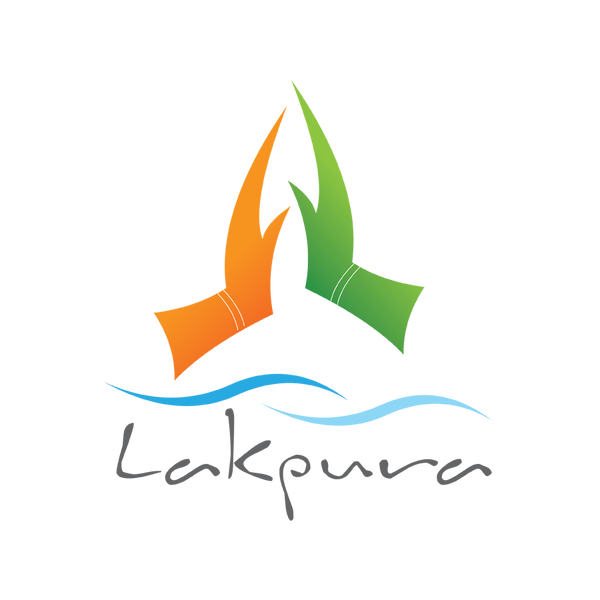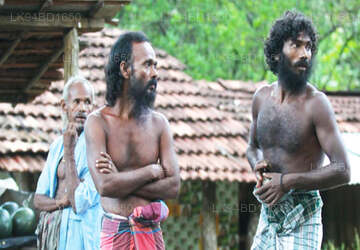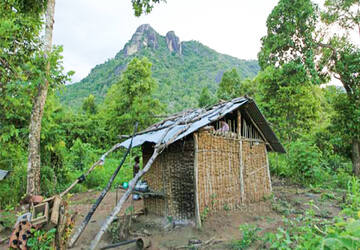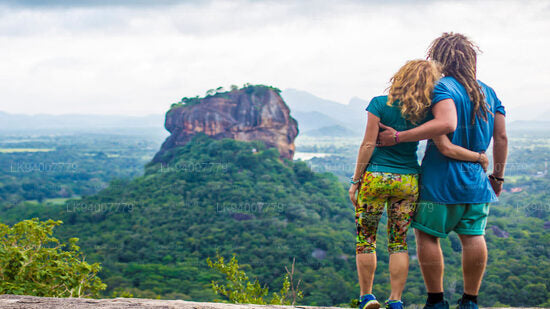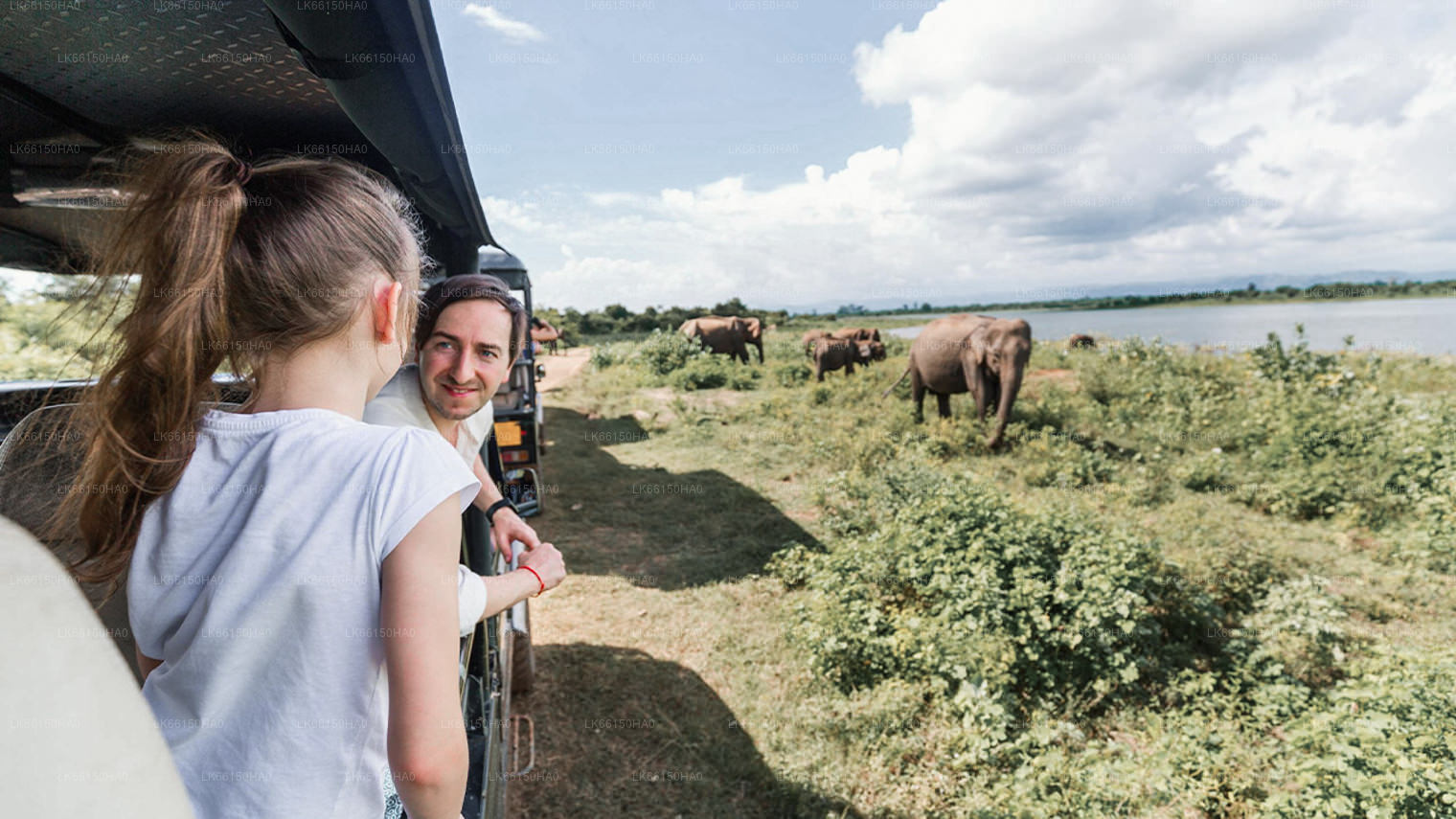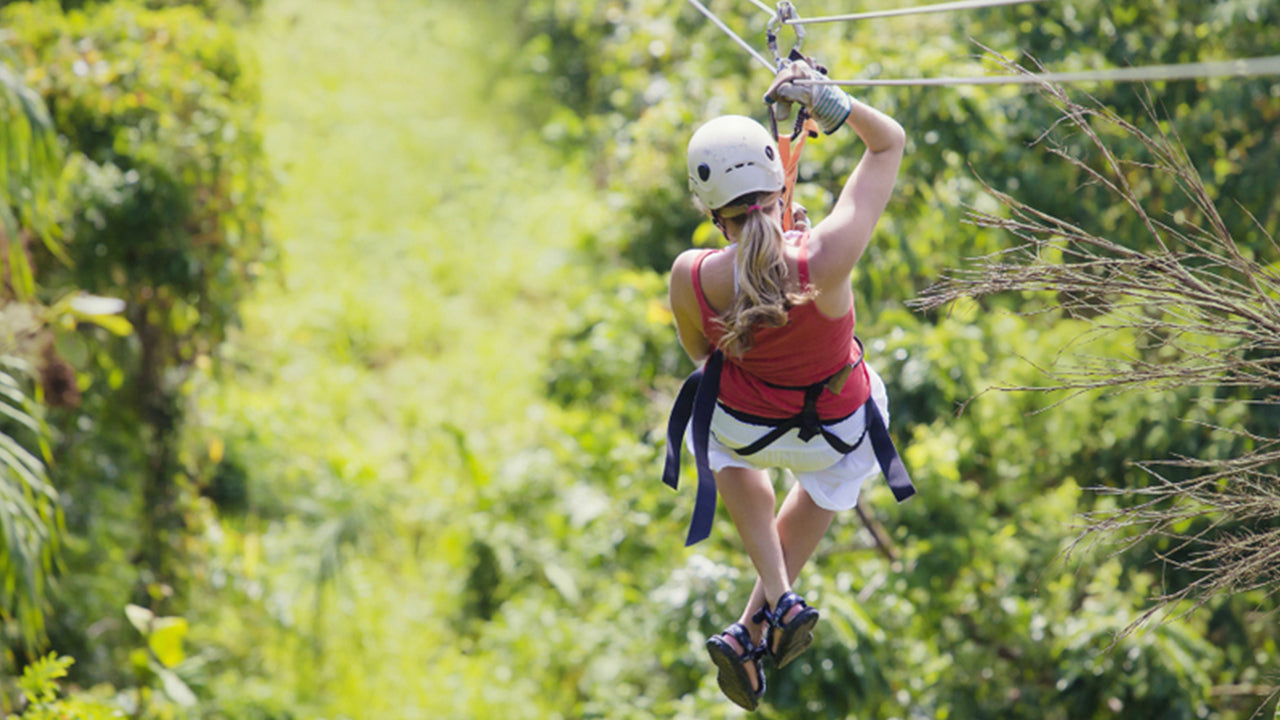
Gal Oya City
Gal Oya is a region in Sri Lanka known for the Gal Oya National Park, established in 1954. The park features the Senanayake Samudraya, the country's largest reservoir, and diverse wildlife, including elephants. It offers boat safaris, showcasing the park's natural beauty and biodiversity.
Forest Dwellers of Rathugala
Many of them live a life of poverty in the distant villages of Ampara and Monaragala, dependent on the diminishing forests. Having moved away from their original dwellings in Danigala Rock boarding Mahaweli River, where they lived in caves within the forest, they are a small village of 110 families living next to the forest today, they are the Rathugala Veddas, the lesser known of Sri Lanka’s indigenous heritage.
Approximately 30km from Amapara, is Rathugala, placed amidst a mixed forest out of reach from the modern day trappings. The Rathugala indigenous bloodline traces back to Kuweni’s era of cave dwellers. Hailing from a generation known as Mahabandala who once inhabited Danigala, the clan had arrived in Rathugala in the 1930s and for generations the leadership has been carried from father to son.
However the generations that followed in Rathugala experienced marked changes in their livelihoods. They no longer hunted or lived in caves, instead they managed cultivation in a small scale, growing tubers, corn and paddy; the women would venture into the forest to collect aralu, bulu, nelli and other medicines and all families occupied the simple mud houses seen today.
Each home was built of the characteristic mud and sticks, with the tall sun dried iluk grass for the roofs. The little garden spaces often accommodated a shrine where offerings are made to a Buddha statue and to a number of deities including Kalu Bandara Deviyo and Kande Deviyo. A path of corn and manioc are also seen in their gardens and at the time of harvesting all would gather around and portions would be distributed amongst families. Although, from some of the homes the men-folk had gone away on labour work, it is not a mode of earning that is encouraged by the elders of the clan, who condones a more simple symbiotic existence with the forest.
While the Rathugala indigenous lineage is unrelated to the famous Dambane communities they maintain friendly relations. The two groups however share similarities in that the language and the symbolic axe borne on the shoulder remain the same. Marriages between these two communities occur frequently keeping the indigenous ancestry alive.
About Ampara District
Ampara is belongs to the Eastern Province. of Sri Lanka It is a remote city on the East Coast of Sri Lanka, about 360 km from the capital city of Colombo.Ampara is the largest paddy harvesting province in the country, and has the Indian Ocean on the east coast of Sri Lanka as a fisheries resource. Most of the civilians are Sinhala, while Tamils and Moors also live in the coastal parts of the district.
About Eastern Province
The Eastern Province is one of the 9 provinces of Sri Lanka. The provinces have existed since the 19th century but they didn't have any legal status until 1987 when the 13th Amendment to the 1978 Constitution of Sri Lanka established provincial councils. Between 1988 and 2006 the province was temporarily merged with the Northern Province to form the North-East Province. The capital of the province is Trincomalee. The Eastern province's population was 1,460,939 in 2007. The province is the most diverse in Sri Lanka, both ethnically and religiously.
Eastern province has an area of 9,996 square kilometers (3,859.5 sq mi).The province is surrounded by the Northern Province to the north, the Bay of Bengal to the east, the Southern Province to the south, and the Uva, Central and North Central provinces to the west. The province's coast is dominated by lagoons, the largest being Batticaloa lagoon, Kokkilai lagoon, Upaar Lagoon and Ullackalie Lagoon.
